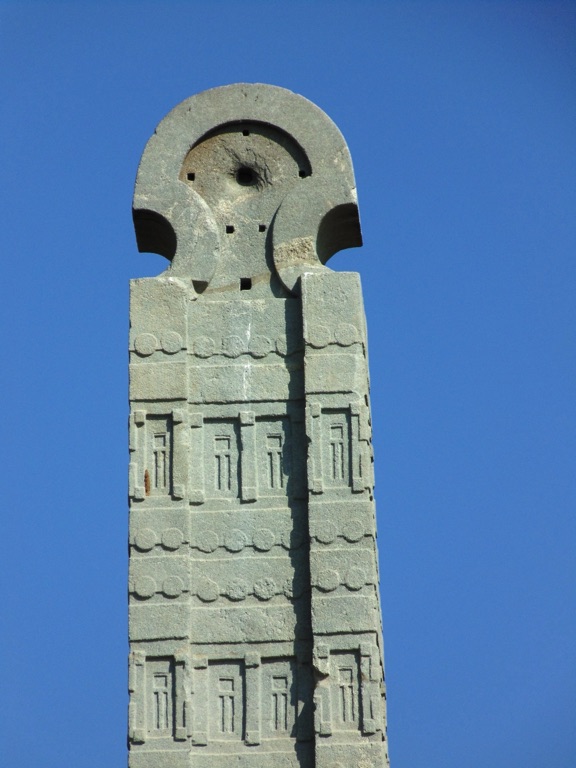The Obelisk of Axum stands as a testament to the engineering prowess of an ancient civilization. This towering monument, etched with intricate designs, dominates the skyline of Axum, Ethiopia. It serves as a symbol of the rich history of the Axumite Empire, which thrived in the region from around 100 AD to 940 AD. The obelisk’s construction from a single piece of granite showcases the Axumites’ sophisticated understanding of stone carving and structural stability. As a relic from the past, it draws countless visitors each year, eager to witness its grandeur and the mysterious history that it represents.
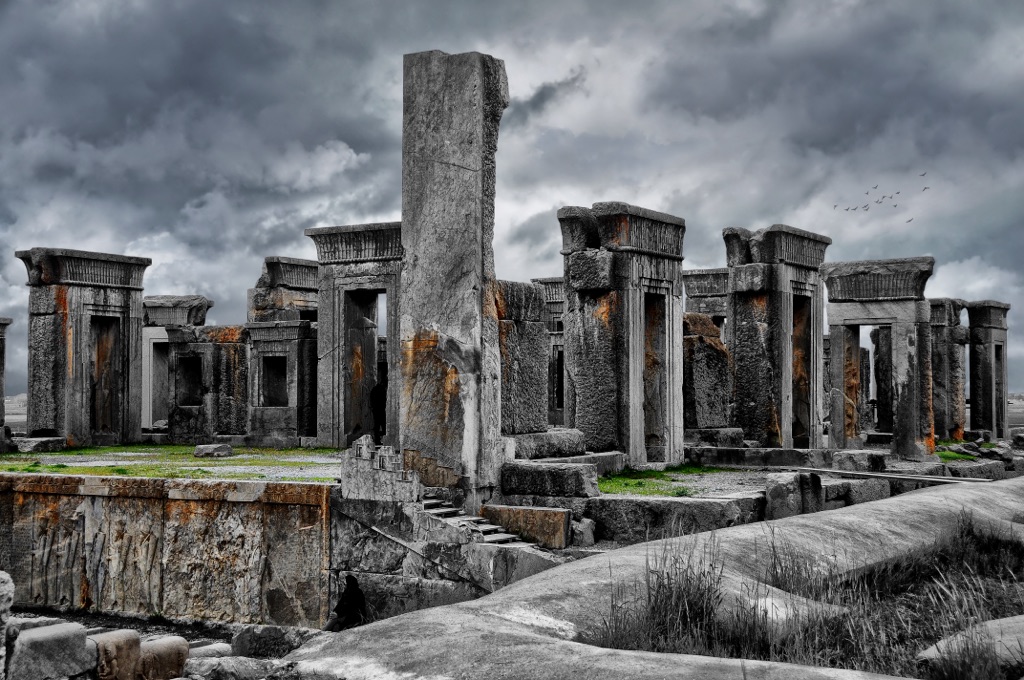
Persepolis in Iran
Persepolis, a masterpiece of Persian architecture, stands as a testament to the ancient Achaemenid Empire. Located in the heart of Iran, this historical site embodies rich cultural significance and intricate design. Through the towering columns and remarkable bas-reliefs, Persepolis reflects the glory of past civilizations. Visitors from around the world are captivated by the grandiosity of the Tachara Palace and the majestic Gate of All Nations.
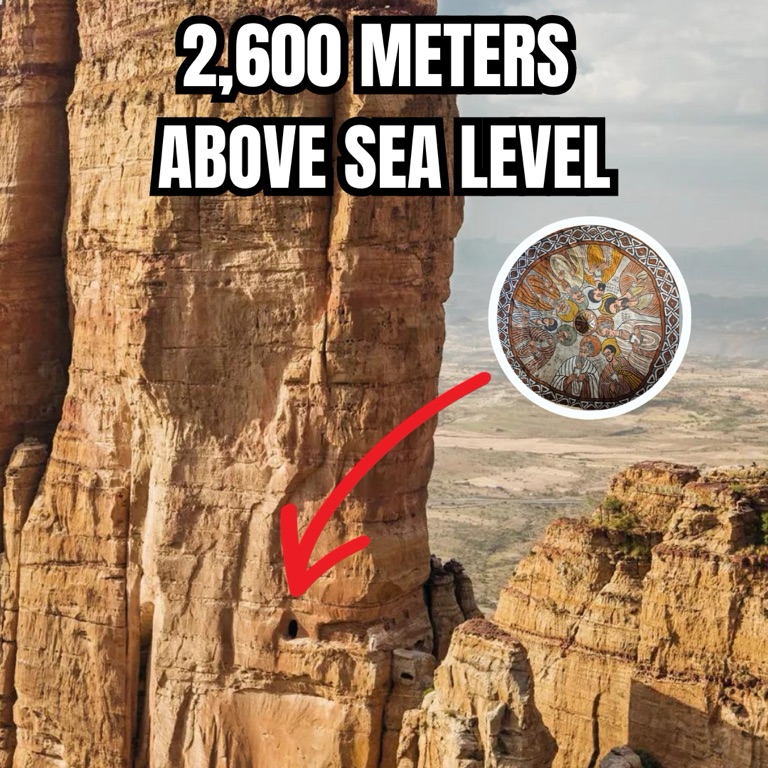
Abuna Yemata Guh Church
Abuna Yemata Guh Church is a site where history and spirituality meet. Carved entirely into a cliff’s face, this church has been a sanctuary since the 5th century. It is adorned with well-preserved frescoes and its architecture reflects the rich history of the Ethiopian Orthodox Church. Legends say it was founded by the eponymous priest Abuna Yemata, one of the Nine Saints. They contributed to the spread of Christianity across Ethiopia. The church’s secluded location and dramatic access route add to its allure, making it a pilgrimage site for devoted worshippers and history enthusiasts alike.
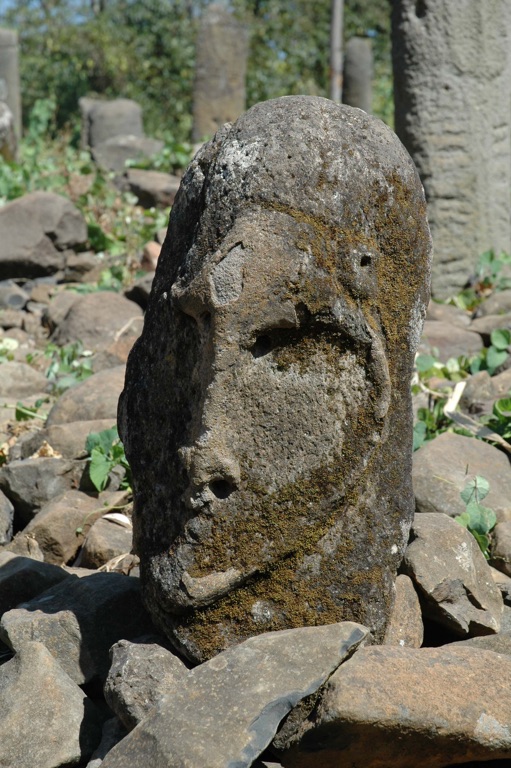
Tutu Fela Phallic Stele
Delving into the heart of ancient mysteries, the Tutu Fela Phallic Stele stands as a testament to a bygone era. This monolithic stone marker, carved with great skill and clarity, captures the cultural essence of its creators. The phallic structure is more than just an art form. It symbolizes fertility, power, and continuity in a civilization deeply connected to the natural world.
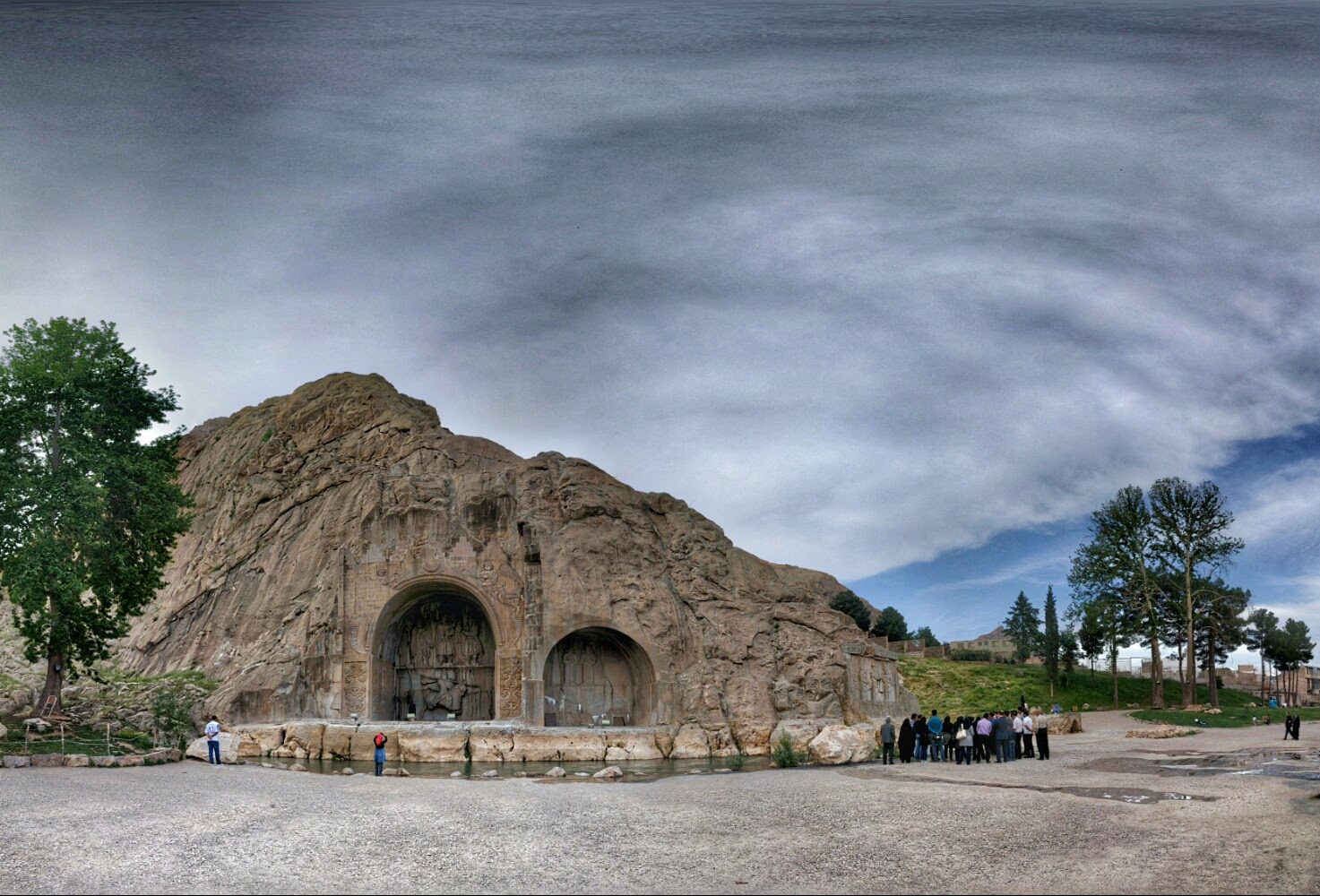
Taq e Bostan
Taq e Bostan, an ancient site in Iran, stands testament to the rich cultural heritage of the Sassanian Empire. This site features magnificent rock reliefs from the era of King Khosrow II. Visitors marvel at the grandiose depiction of royalty, divinity, and nobility. The carvings also showcase the fusion of art and spirituality of the time. Taq e Bostan translates to ‘Arch made by stone’, reflecting its iconic arches that frame the historical scenes etched into the limestone.
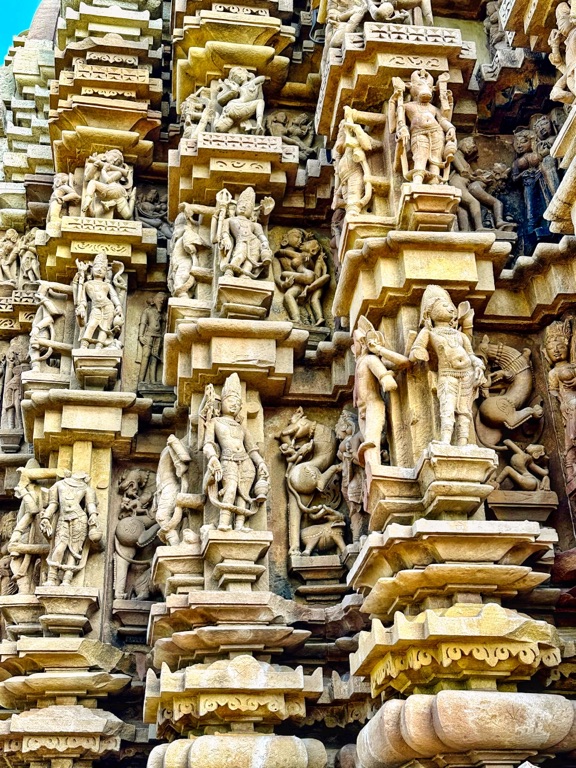
Duladeo Temple
Located in Khajuraho, India, the Duladeo Temple stands as a testament to medieval Indian architecture. This temple, dedicated to the god Shiva, showcases intricate stone carvings and elegant sculptures. The Duladeo Temple is part of the Khajuraho Group of Monuments, a UNESCO World Heritage Site. Visitors marvel at its detailed artwork depicting various deities, celestial maidens, and the famous erotic sculptures. The temple’s design follows a classic five-part layout, emphasizing symmetrical aesthetics. Those interested in history and architecture find Duladeo Temple a well-preserved example of the Chandela dynasty’s ingenuity and devotion.

